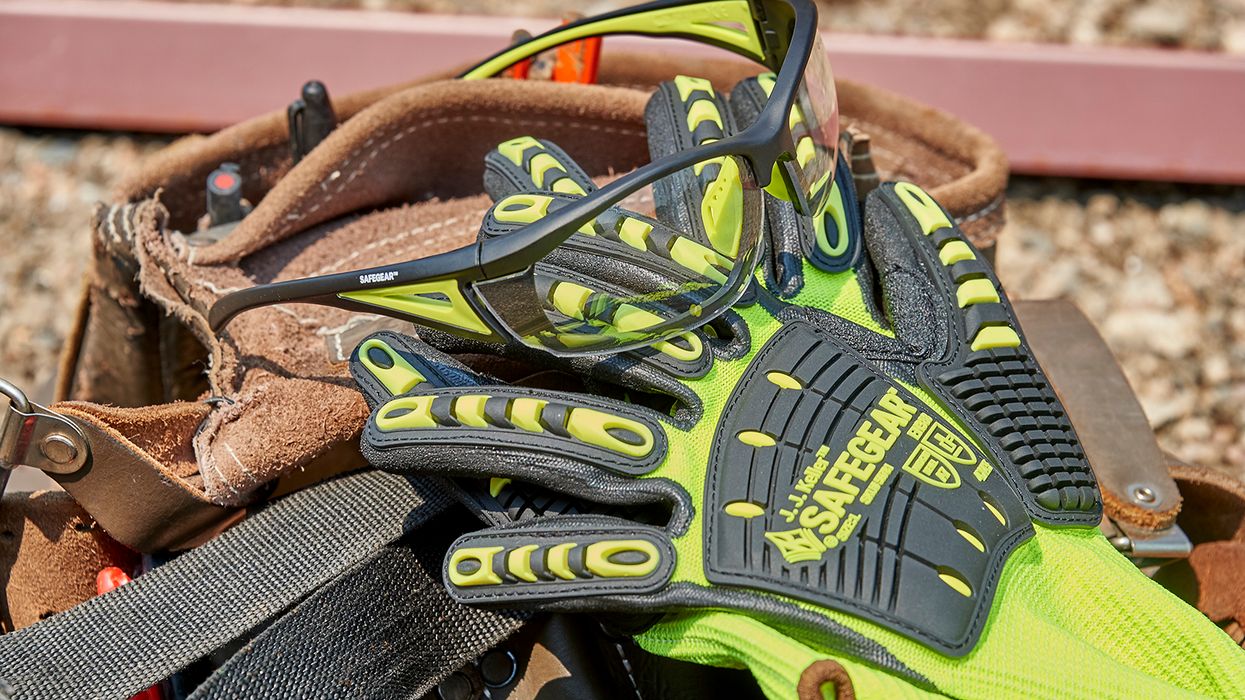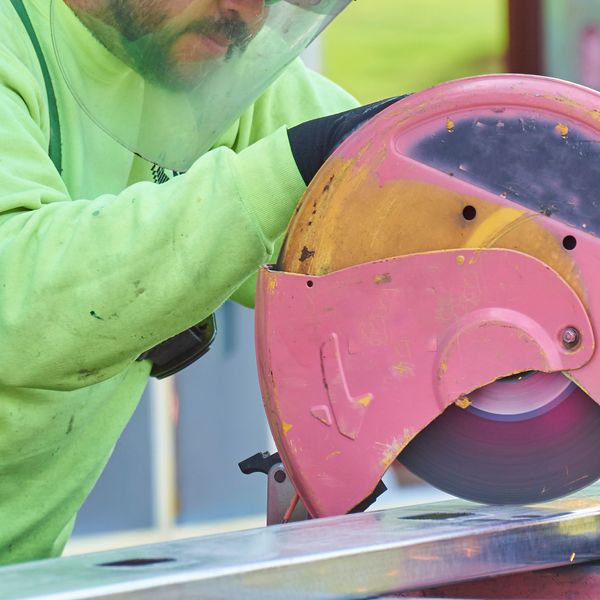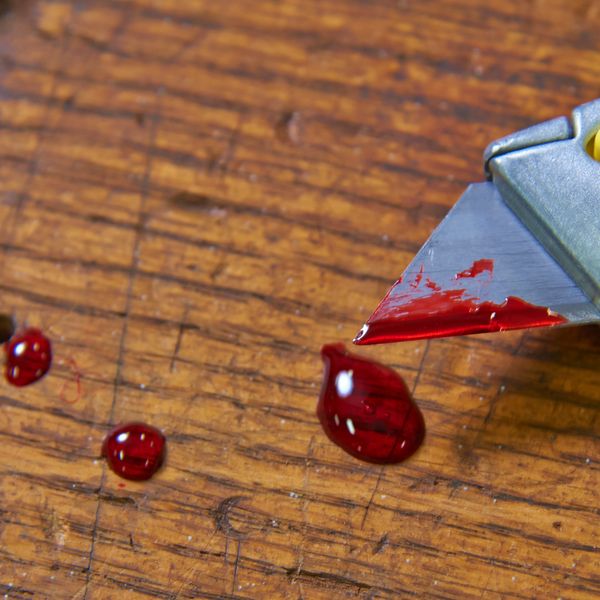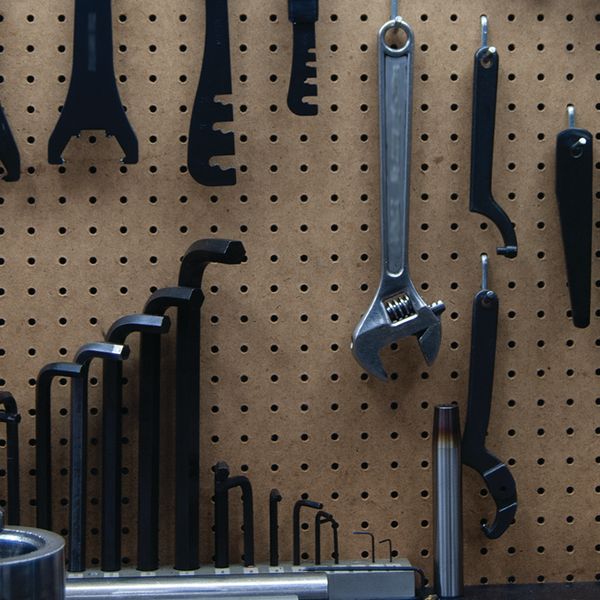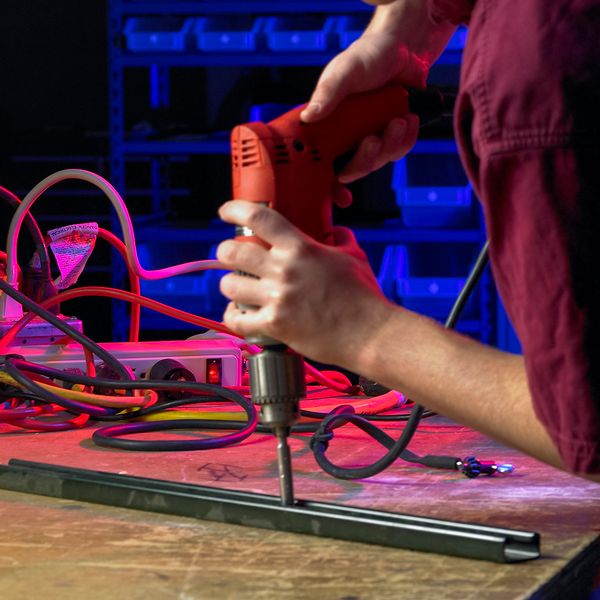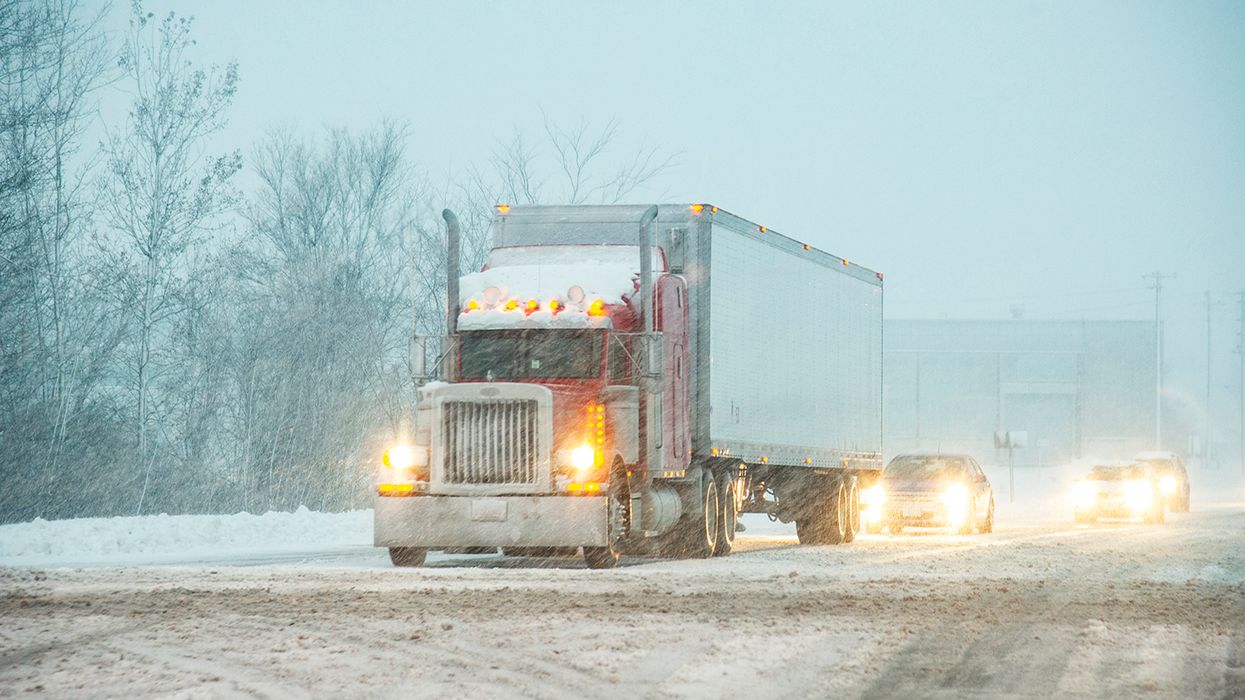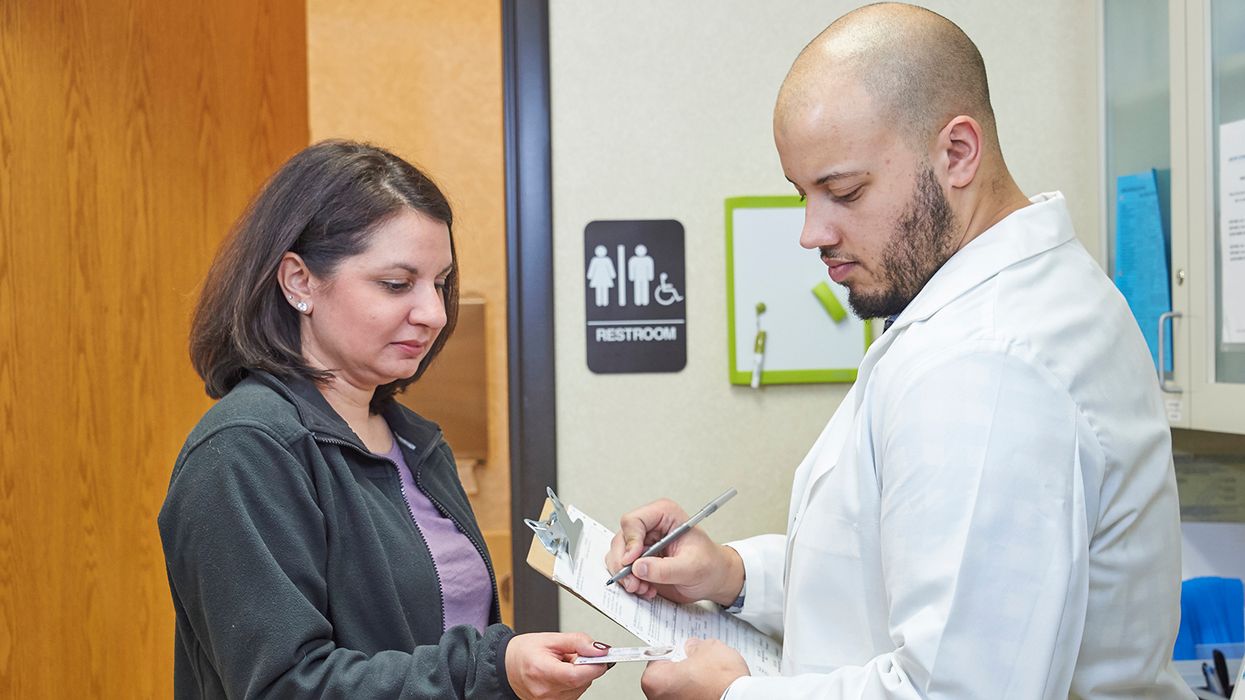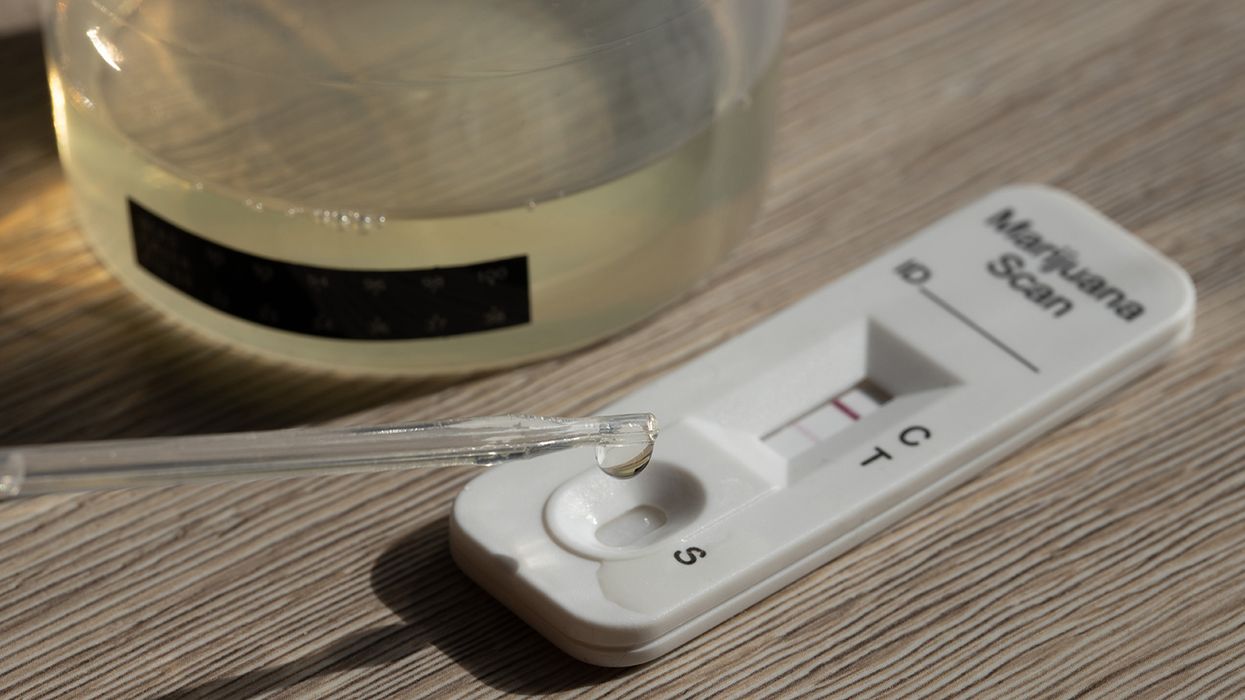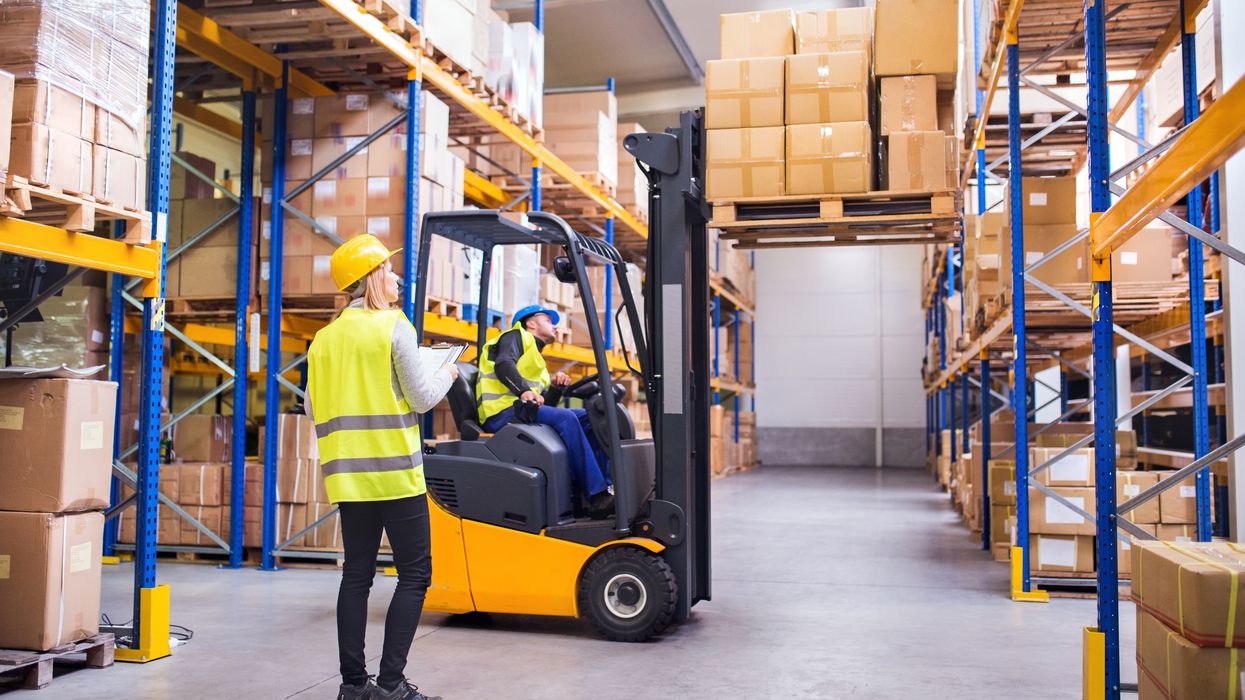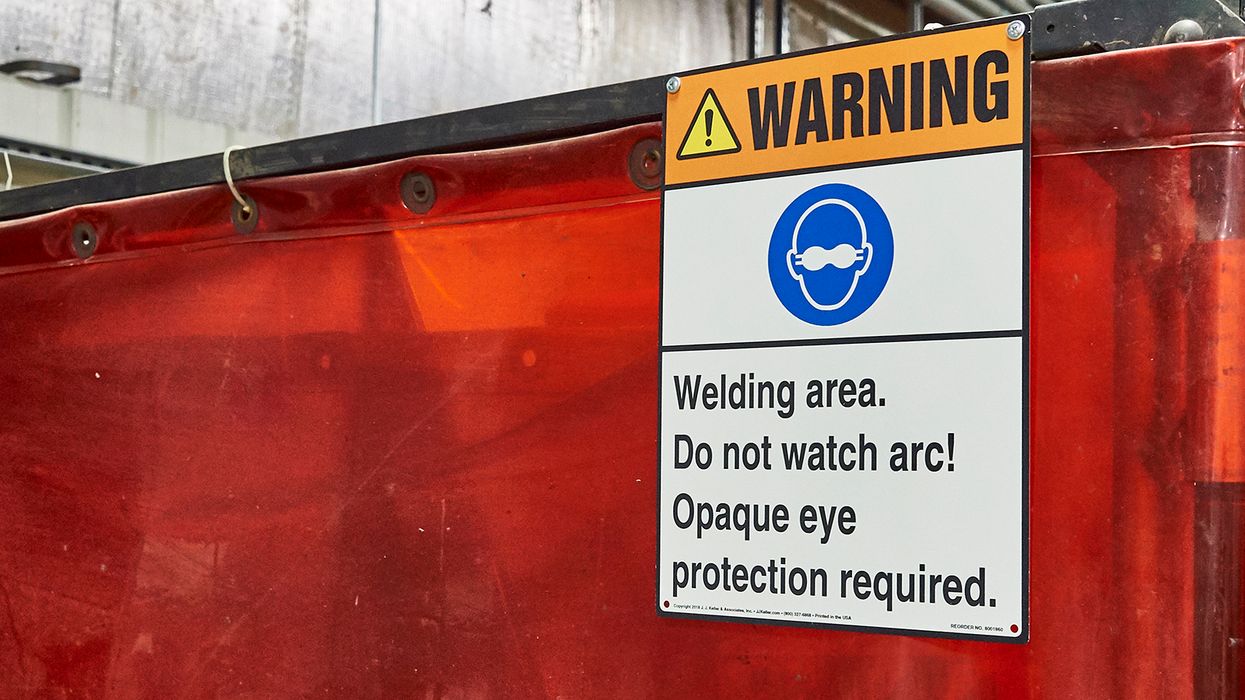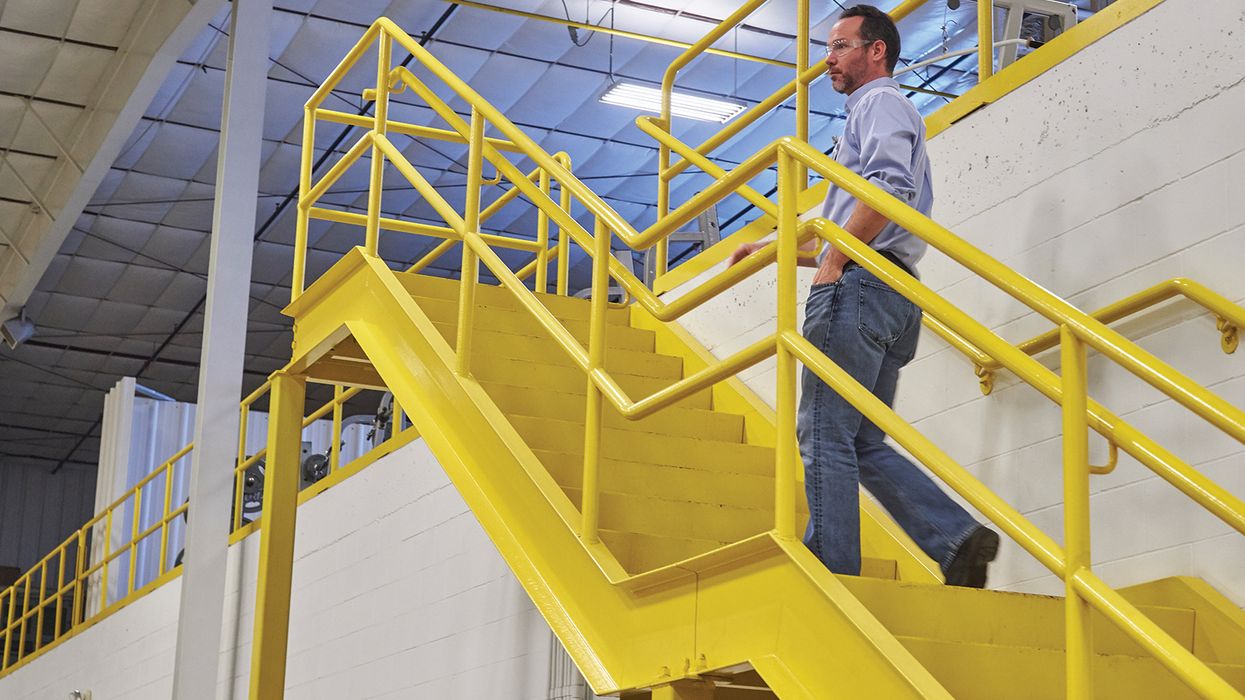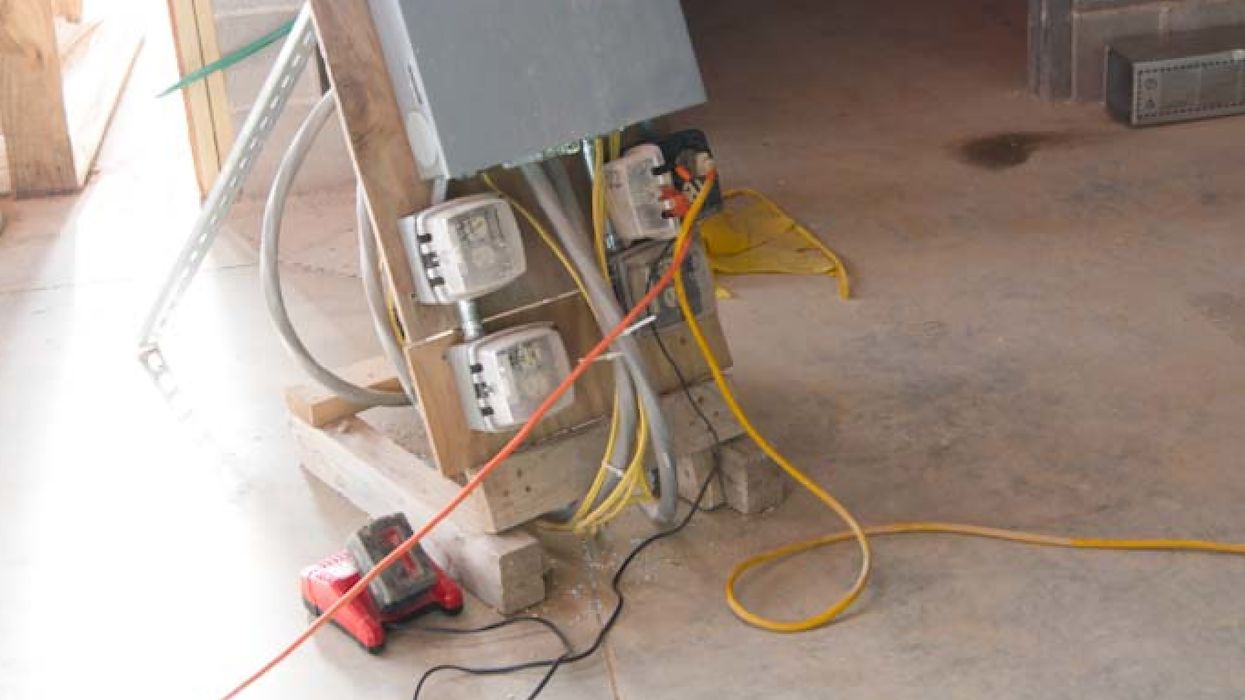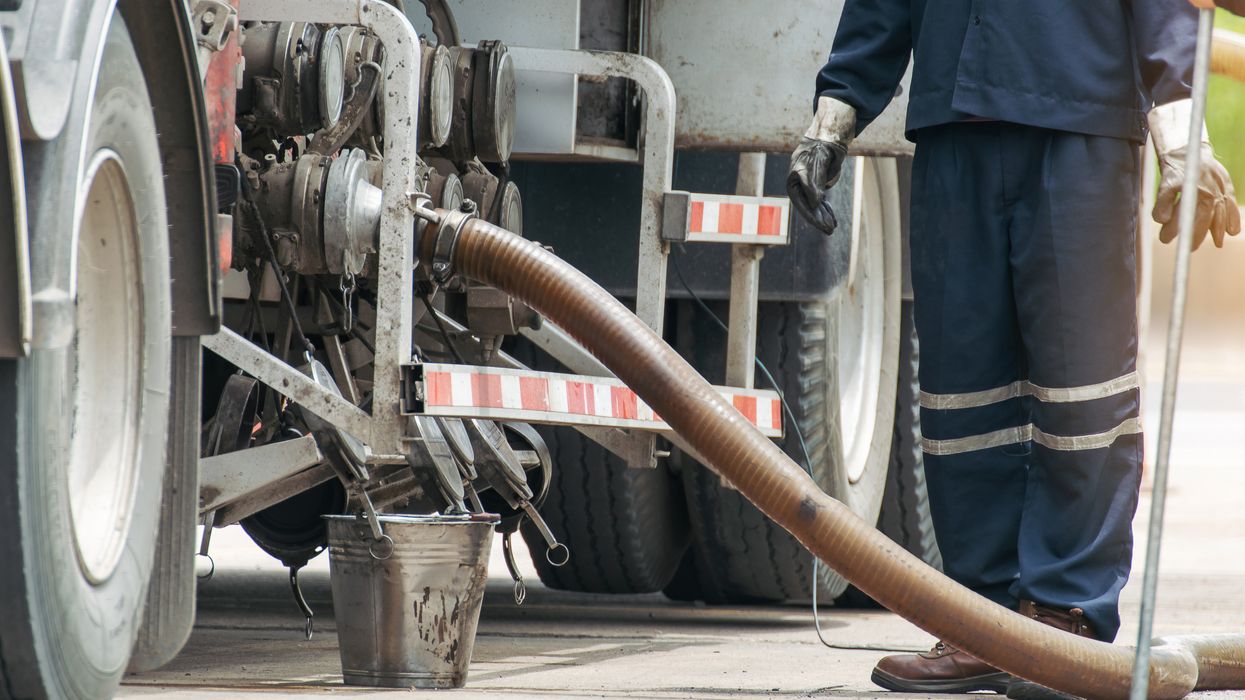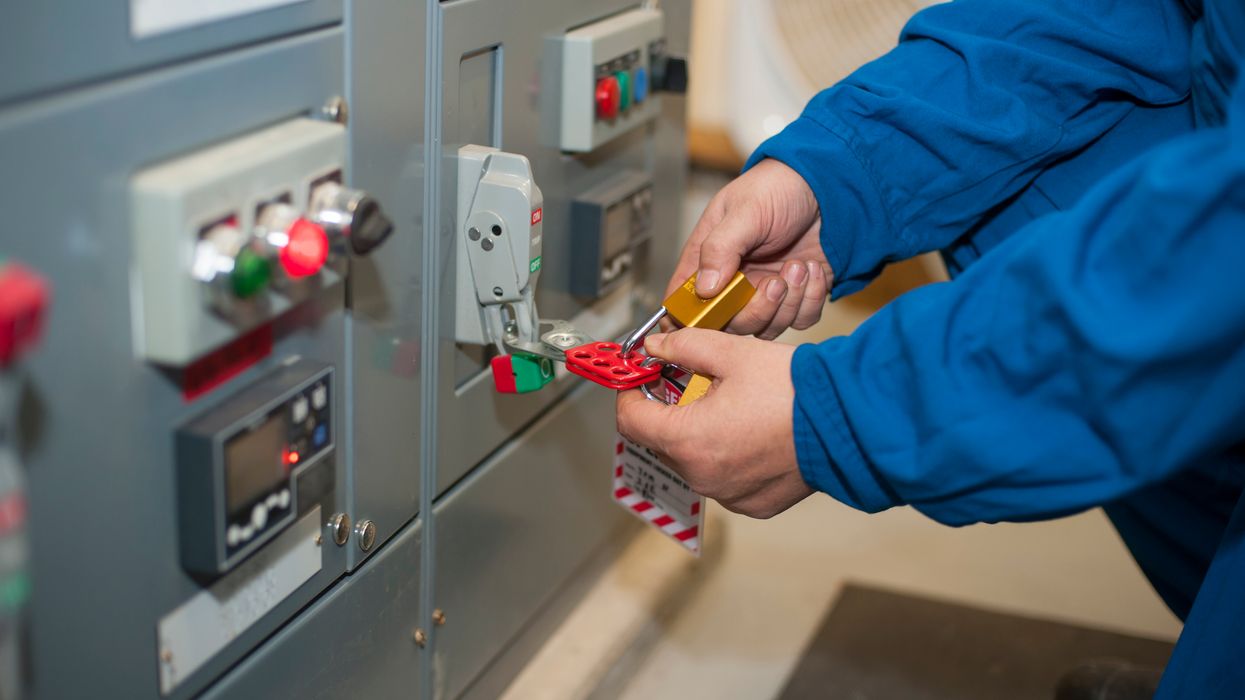Wearing the right glove for the task will keep your workers safe
Did you know that wearing the wrong kind of gloves can be just as hazardous to your workers as not wearing them? We often hear statistics touting how many injuries occur because of not wearing gloves. In 2020, the U.S. Bureau of Labor reported over 37,000 hand injuries across all industries. Wearing the right kind of gloves can reduce your workers risk for a hand injury! Read through this real event in the next section; does your jobsite have proper controls in place to prevent such an injury?
Real event
What would your workplace do to prevent such an event? A worker recently suffered an avulsion to her left 5th digit (pinky finger) while using a drill to mix about 2-2.5 gallons of coating in a plastic bucket. She was using a drill that had a long mixing paddle. As she was mixing, the paddle became loose from the chuck assembly. As she placed her hand over the chuck assembly’s spindle to tighten the shaft back onto the paddle, the fingertip area of her glove became entangled in the chuck assembly. The worker had nail extensions on and was wearing oversized gloves.
She immediately yelled for help; a nearby worker disconnected the drill from the power source it was plugged into. After receiving medical attention, her pinky finger was amputated to the second joint area. An investigation revealed that the drill was defective and should not have been used. A build-up of prior coatings on the drill caused the finger trigger to stay depressed or was slow to release. Also, a chuck key could not be inserted into the chuck holes or spindle slots to release or tighten the spindle properly.
Contributing factors
How thorough are your pre-job inspections? In this safety event, the injured worker used a defective tool. When she picked it up to use it, it was clearly covered in dried coating. When she began using the mixing drill and realized the finger trigger was slow to release, she should have immediately stopped work. Also, while attempting to insert the chuck key and realizing that it wouldn’t fit in the chuck keyhole properly, she shouldn’t have attempted to hand tighten the chuck assembly’s spindle. The worker should not have been wearing oversized gloves to accommodate her nail extensions. Loose PPE, clothing, and articles can get pulled into rotating parts.
The project leader supervising the work should have made a more thorough observation of the work area. It’s the project leader’s responsibility to ensure that workers in their crew on the jobsite have clear instructions about how to work safely and have the proper tools, equipment, and resources to complete the task safely. Although the project leader in this event was nearby, he didn’t complete a proper pre-job inspection.
Corrective actions
If this type of safety event happened at your jobsite, what would you do to ensure it didn’t happen again? After making additional inspections of the jobsite, additional defective tools were removed from service. Workers were reminded about their Stop Work Authority, to remove defective tools from service, to wear properly fitting gloves, and to keep their hands outside the line of fire.
The project leader was reminded to perform a thorough pre-job inspection and ensure workers have the proper resources to complete assigned tasks safely. A mixing station poster was posted in the area, covering the required safety rules to follow. The jobsite also conducted a stand down to cover these lessons learned with all workers on the jobsite.
| Need more information about making risk-based decisions by making behavioral safety observations? See our ezExplanation for Behavioral Observations. |
Keys to remember
Ensure workers have the proper tools and equipment to perform tasks safely. Project leaders must perform pre-job inspections thoroughly. Defective tools and equipment must be removed from service immediately. Never place your hand in the pathway of a tool in motion. If the chuck spindle can’t be tightened using a chuck key, remove the drill from service, and don’t use your hand to tighten it. Also, ensure that gloves are snug and kept outside the motion area to avoid becoming entangled in the drill.

